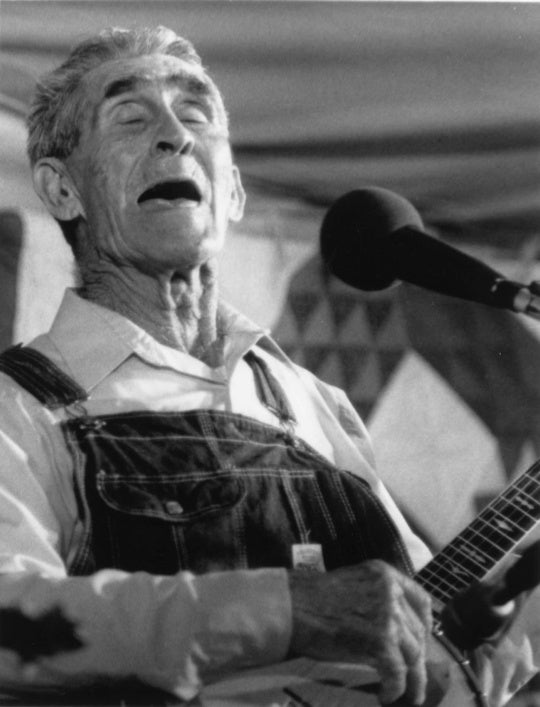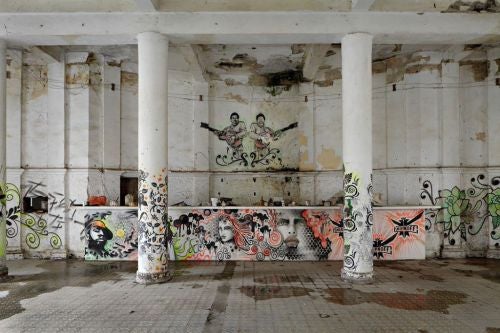
A show with a title like Richard Sexton’s “Creole World,” at Whitespace through November 22, sounds like it should consist of documentary photographs revealing the texture of daily life in the various creolized cultures of the Americas. When, instead, it turns out to be art photography shaped by architectural and cultural interests, the why and wherefore is worth considering.
The accompanying book (published by from the Historic New Orleans Collection) reproducing over 200 photographs from which these 18 are drawn adds a more specific subtitle: Photographs of New Orleans and the Latin Caribbean Sphere. A glance at the enlarged map from the book that dominates one wall at Whitespace reveals that the “Latin Caribbean sphere” includes Ecuador, which does not border the Caribbean.
We are up against a definitional problem that has haunted the term “creole” from the beginning: historically, it connotes a commingling of European and non-European cultures, but they are not always the same European cultures and the same non-European ones. Today, it connotes a process of colliding and mingling in sites independent of the dialectic of colonizer and colonized.
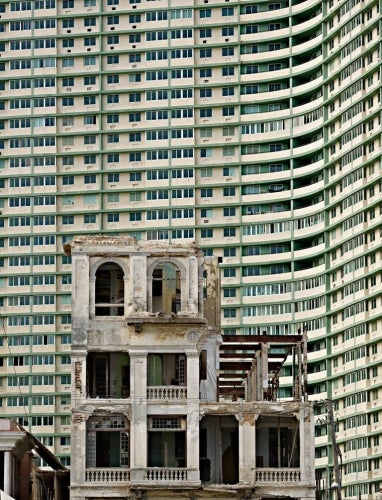
Sexton intends the term to mean a cultural sphere formed by French and Spanish colonialism contending and quickly melding with African and indigenous cultures, a process that was lent further nuance by the fact that the European powers so often swapped colonies; New Orleans, a North American outlier of the creole world, was French for its first 45 years and Spanish for the next 40, after which its 1802 return to Napoleon’s France led to the Louisiana Purchase of 1804.
Fortunately, this bewildering mélange of historical forces is only a small part of the focus of Sexton’s body of work. Born in Atlanta and based in New Orleans, Sexton comes at the creole question from his own visual perspective, looking at obviously shared sensibilities from Quito to Havana and the towns of Haiti, with a substantial amount of New Orleans thrown in as the anchoring variable. (Sexton’s earlier book and body of work New Orleans: Elegance and Decadence captures New Orleans’s elusive sense of haunted emotions embodied in culture and architecture—a phenomenon that, in some ways, was only intensified by the aftereffects of Hurricane Katrina.)
This means that these photographs are impressionistic and experiential first, and scholarly second. But they are thoroughly informed by scholarly curiosity, and they sometimes capture truths so obvious that scholars seldom remark upon them. The palette of the city viewed from a distance in Quito Abstraction, for example, echoes that of the Cuban building facade with vintage car in Shades of Blue and Haiti’s Facade on Rue Claire Heureuse, Jacmel.
The palette carries over into the peeling paint of the hotel balconies of the Vedado neighborhood of Havana in Decaying Rhythms and the pastel accents of the midcentury modernist high-rise overshadowing an older structure in the same district in Two Perspectives of the Past. (The details regarding the hotel and the high-rise come from the book, which also notes that vintage cars appear alongside atmospheric buildings in Havana because the Cuban government puts them there as a tourist attraction, whether or not they are working.)
The rhythm of daily life dictated by the climate as well as the culture is more comprehensively shown in the book than in the photographs on the walls at Whitespace, where the night view of a Havana corner store (Vida de la Noche, Centro Habana) is one of the few images featuring inhabitants of the decaying architecture, although their style and sensibilities are strongly implied by things like the vividly witty mural of Hip-Hop Lounge, Club Cartagena. Combined with the strange neoclassical architecture of the outdoor Dance Floor with Vulture, Club Cartagena, this evocation of globalized creolization made me want to know much more about Club Cartagena, which looks to be another instance of the adaptive reuse that Sexton describes as “the Creole essence of mixing old and new.” Fortunately, Sexton provides the building’s complicated history in his book … but that is another story.
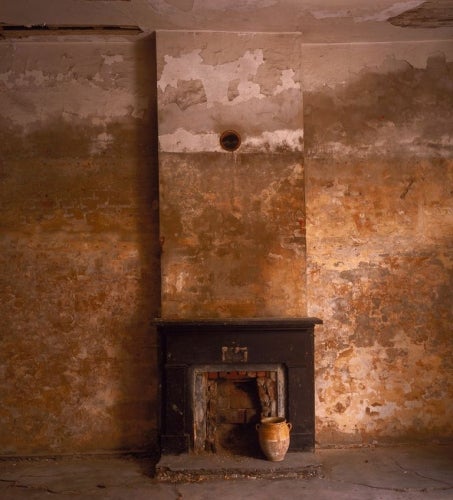
The photographs of New Orleans interiors and of several centuries’ worth of residential and commercial exteriors from throughout the creole world imply the historical and geographical continuity as well as the ongoing evolution of creolized cultures from one end of the Latin Caribbean sphere to the other. The specific dynamics implicit in the images are explicated in the book but only implied in the arrangement of photographs at Whitespace, and Sexton’s poetic sensibility leads to a few bafflingly allusive photograph titles, most notably Looking for di Chirico, Cienfuegos, an image of repeated architectural features in which the appearance on the scene of a small girl suddenly made Sexton recall the repetitive architecture and small girl’s shadow of Giorgio di Chirico’s painting Mystery and Melancholy of a Street.
It ought to be noted, and John H. Lawrence’s essay in the book does so, that echoes of precursors hang over Sexton’s photographic enterprise—Clarence John Laughlin in the hint of surrealist mystery evident in the New Orleans images, for example, or Walker Evans, whose influence is more obviously present in Sexton’s emphasis on interesting geometries that are photographed straight-on more often than from oblique angles.
It also ought to be noted that Sexton will discourse on all of this, and more, in a conversation at the gallery from 2 to 5pm on Saturday, November 22.
Dr. Jerry Cullum is a freelance curator and critic living in Atlanta. His poems, reviews, and essays have appeared in a wide variety of local and national publications, including Art Papers and Art in America.
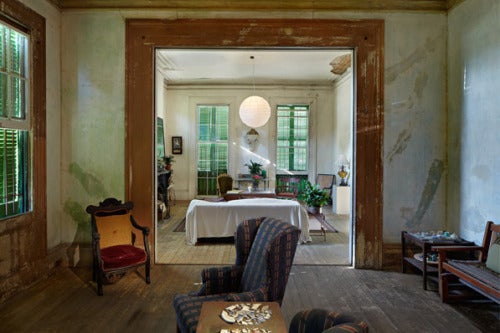
21 by 31½ inches.



